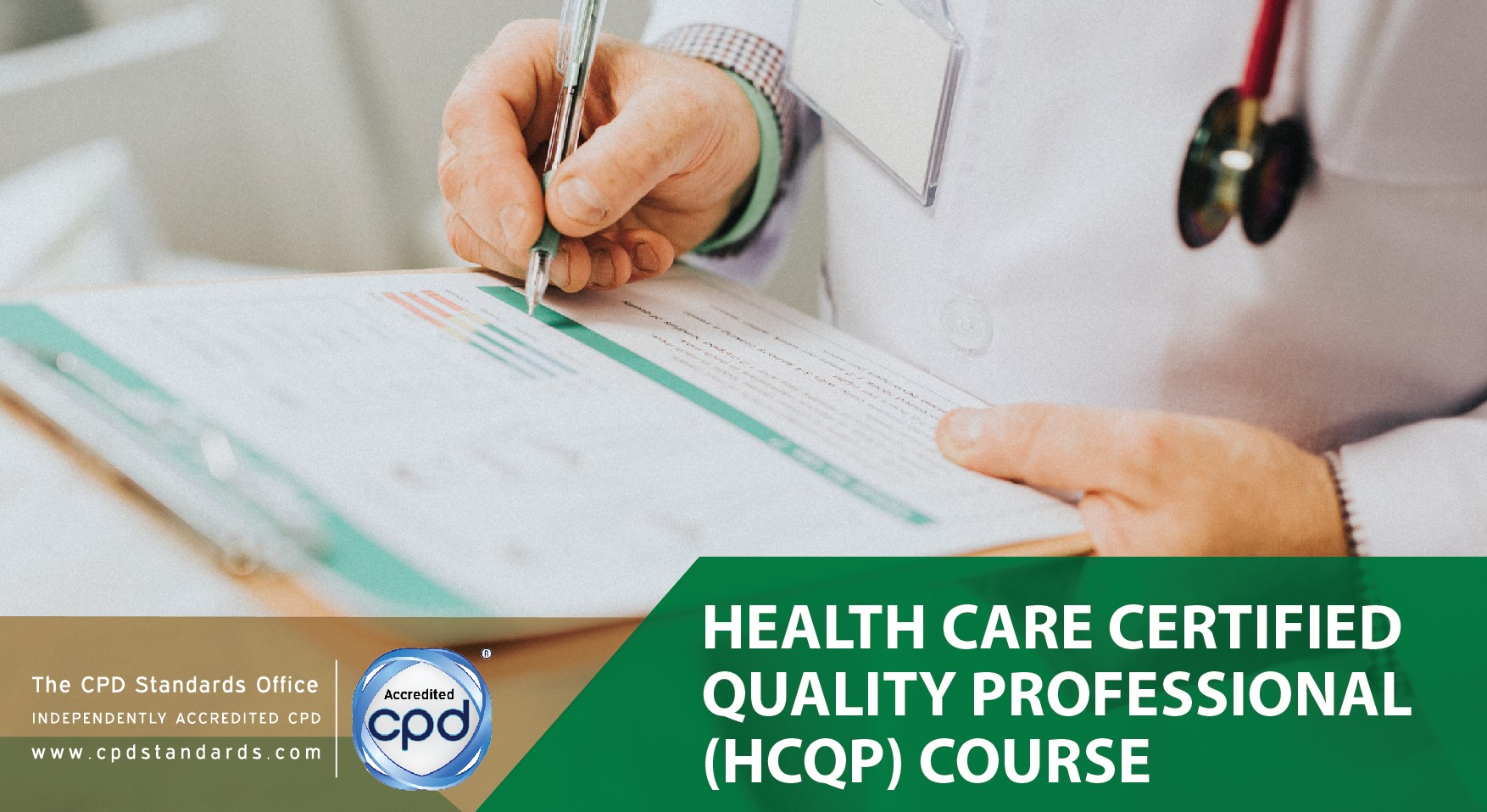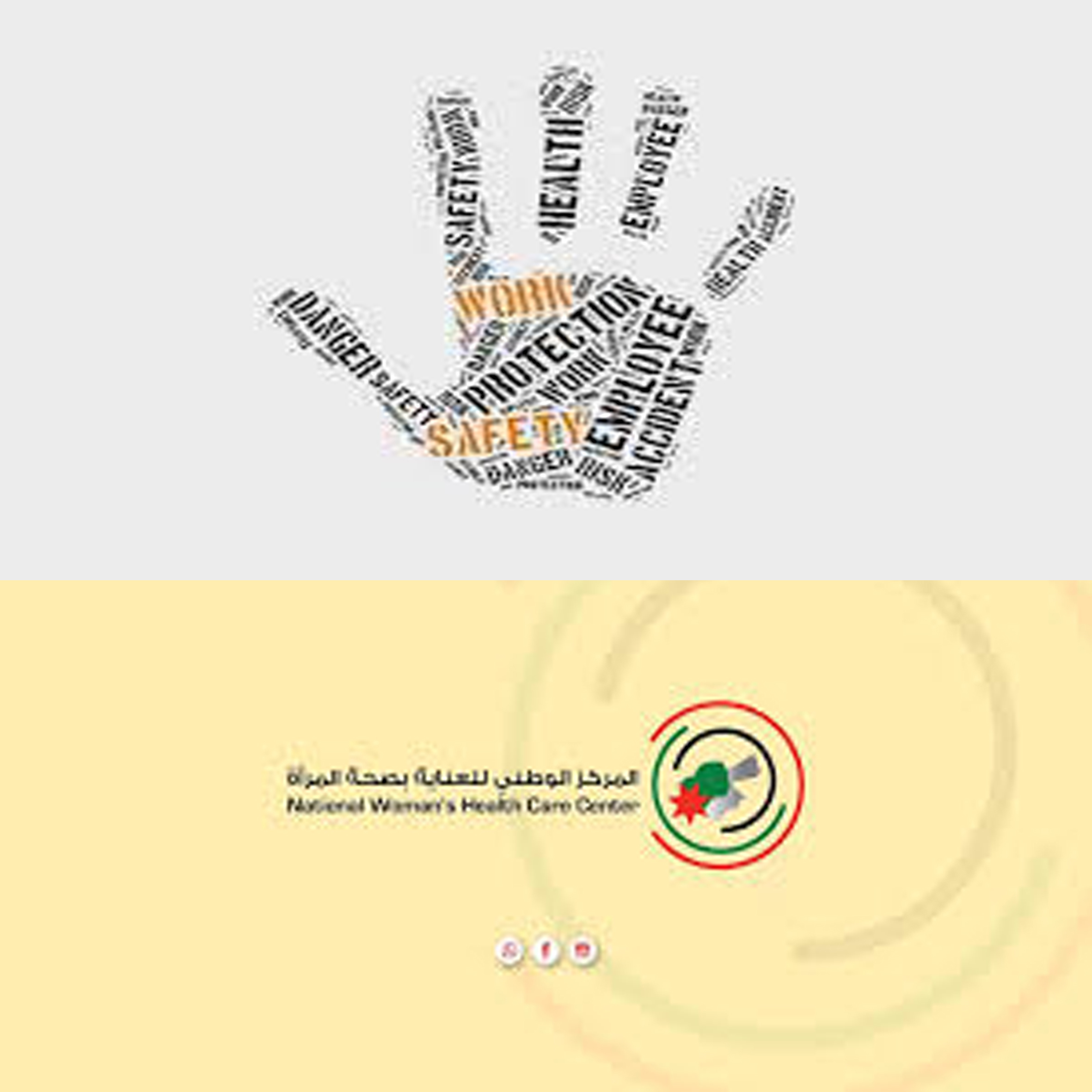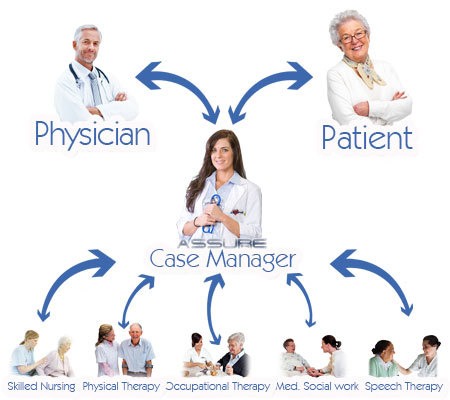
19 Courses

Health Care Certified Quality Practitioner 2024- CHOHORT 2
This course designed to provide participants with required knowledge and skills to lead continuous quality improvement and patient safety programs.
Course Main Objectives:
1. Use terminology common to quality professionals.
2. Read and discuss quality concepts and apply to practice.
3. Read and discuss current quality literature and adapt learning to practice.
4. Use various quality methods and tools to facilitate quality improvement activities.
5. Implement effective change management strategies.
6. Effectively lead quality teams within their facilities to improve quality of care and services.

Health Care Certified Risk Manager-2024
The purpose of the Course is to provide participants with the required knowledge and skills to lead continuous application, improvement and maintenance of safety culture and risk management program. Furthermore, the course will establish core standards for the field of safety culture, benchmark necessary requirements for emergency preparedness, set the expected proficiency level, and give those working in crisis management unite the means to demonstrate their proficiency and skill in the discipline.

CPD Focal Point Training Program
الهدف العام:
يهدف التدريب الى تعزيز قدرة ضباط ارتباط التطوير المهني المستمر من المؤسسات الصحية على القيام بتنفيذ متطلبات التطوير المهني المستمر لمقدمي الرعاية الصحية في مؤسساتهم بشكل فعال ويتماشى مع أهداف المؤسسة، من خلال كسب المعرفة المهنية والوظيفية وصقل المهارات والقدرات المتعلقة بنظام التطوير المهني المستمر لمقدمي الرعاية الصحية ومن خلال إدراك الأسس والتوجهات الحديثة التي بُنيت وقامت عليها أنظمة التطوير المهني المستمر لمقدمي الرعاية الصحية، ومن خلال التعرف على كيفية بناء الاحتياجات التدريبية استنادا الى مؤشرات الاداء في المؤسسات الصحية.

Health Care Certified Quality Practitioner -2024
The purpose of this course is to provide participants with required knowledge and skills to lead continuous quality improvement and patient safety programs.
Course Main Objectives:
1. Use terminology common to quality professionals.
2. Read and discuss quality concepts and apply to practice.
3. Read and discuss current quality literature and adapt learning to practice.
4. Use various quality methods and tools to facilitate quality improvement activities.
5. Implement effective change management strategies.
6. Effectively lead quality teams within their facilities to improve quality of care and services.

HEALTHCARE CASE MANAGEMENT CERTIFICATION DOMAIN -2024
Health
care organizations across the world are searching for way to improve patient’s
outcome, decrease readmission of patients to hospital, and to reduce healthcare
cost. In this course; participants will have guidance and action steps to help
their facilities to implement case management across all levels of care.

HEALTH CARE CERTIFIED QUALITY PRACTITIONER COURSE /G.3 -2023
The purpose of this course is to provide participants with required knowledge and skills to lead continuous quality improvement and patient safety programs.
Objectives:
By the end of the course participants will be able to:
1. Use terminology common to quality professionals.
2. Read and discuss quality concepts and apply to practice.
3. Read and discuss current quality literature and adapt learning to practice.
4. Use various quality methods and tools to facilitate quality improvement activities.
5. Implement effective change management strategies.
6. Effectively lead quality teams within their facilities to improve quality of care and services.

HEALTH CARE CERTIFIED QUALITY PRACTITIONER COURSE /2023
Health care organizations across the world are searching for way to improve quality of care, and promote effective quality improvement strategies.
In this course; participants will have guidance and action steps to help their facilities to move in the right direction, to promote operator use of tools that enhance quality and quality improvement in health care facilities.
In this course we will describe the steps in building quality management programs, and also the key ingredients that have contributed to the success of quality monitoring and improvement strategies.

Professional Courses
HEALTH CARE CERTIFIED QUALITY PRACTITIONER COURSE 2022
Health care organizations across the world are searching for way to improve quality of care, and promote effective quality improvement strategies, in this course; participants will have guidance and action steps to help their facilities to move in the right direction, to promote operator use of tools that enhance quality and quality improvement in health care facilities. In this course we will describe the steps in building quality management programs, and also the key ingredients that have contributed to the success of quality monitoring and improvement strategies

Healthcare Certified Infection Preventionist 2022
The purpose of this course is for participants to gain the knowledge and skills to develop and lead infection prevention and control program by: Identify common infectious of diseases, Implement essential infection prevent control procedures that will ensure a safe and a clean environment of care to patients and the Safety of staff and visitors, Implement an infection surveillance program, and Lead an infection Prevention & Control program.


Professional Courses
HEALTHCARE CERTIFIED SAFETY And INFECTION PREVENTIONIST
The purpose of this course for participants is to gain the required knowledge and skills to introduce them with the basic functions, duties and responsibilities of the occupational safety, risk management and infection control. Furthermore, this course designed to help the attendees to build up, improve and sustain risk management and infection control programs in their organizations.

Healthcare Risk Manager
In this course HCAC will describe the steps in building clinical risk management programs, and also the key ingredients that have contributed to the success of risk assessment, identification and management.






